Thom Breitenbach is an improbably industrious man who paints improbable panels – not canvases with textures that eat up precious detail and confound sleight of brush techniques meant to mimic perspective and depth. His painting is inspired by the work of Hieronymus Bosch and pointedly, Bosch’s “Garden of Earthly Delights.”
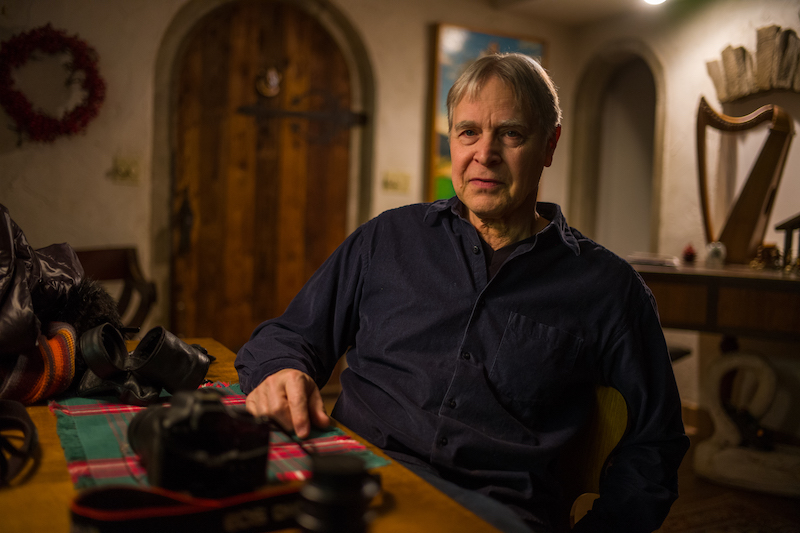
Thom’s work might be described as exacting, contemporary takes on early Netherlandish school painting, tinged with surrealism. His large panels are flavored with humor and often challenge the viewer to decipher hidden puns. Most notable among these creations is the epic “Proverbidioms,” peppered with no less than 300 proverbs and cliches to tease out of its glowing vividly polychromed surface. Thom Breitenbach is a painter of considerable talent and were he only a painter, his body of work would have to be considered an impressive achievement. But there is more.
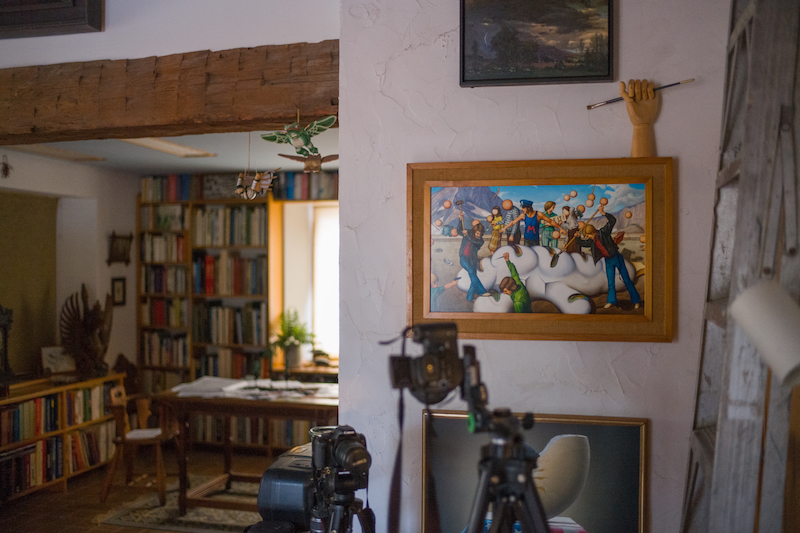
Thom lives with his wife in an octagonal castle that he built with his own hands from stone sourced on and near his significant property, high up in Altamont, New York. New, rough stones, or tantalizing hints of stones, were exposed annually in ponds, river beds, and falls. New materials for the master, delivered gratis by nature in homage to his feats of strength, ingenuity and architectural prowess. Why a castle? An architecture student, Thom nonetheless became the youngest recipient of the Rome prize in visual arts and while studying in Europe he became enamored by the architecture. So, what’s a young person to do? Fly home and begin to build a castle of his own, on property donated by his father, with its surface paved in puzzle pieces of bluestone as large as twelve feet in length. The harpsichord? He built it in high school, the iron door handles and hardware throughout the house? All wrought by him (no two alike) in his blacksmith shop. That stained glass door panel? He found it in the woods and reorganized the panes into what appears to be the only manner they could have ever fit.

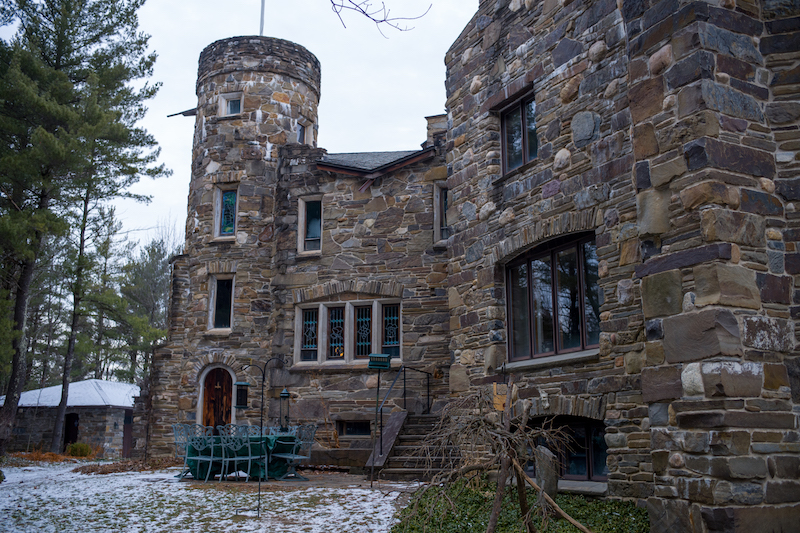
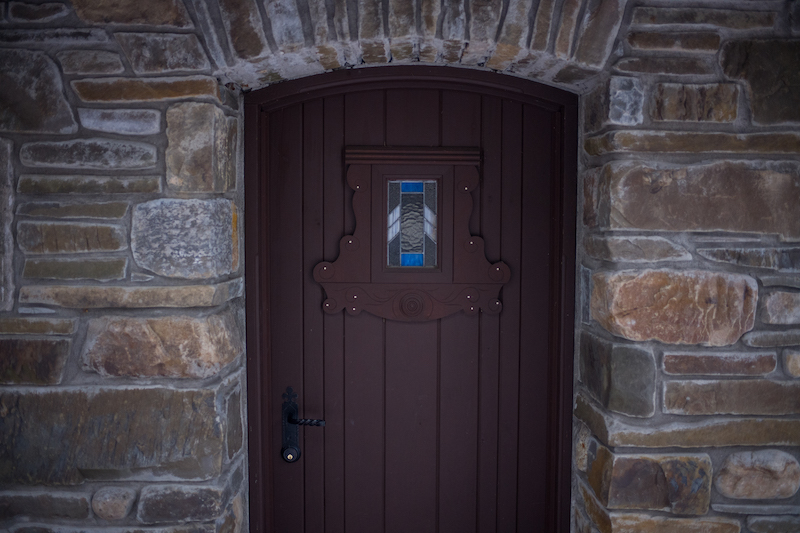 So, architect, painter, crafter of instruments, surely there must be more – and there is. Those grotesque masks? Made by students for a play. Thom is a playwright as well, having penned and produced a musical musing on the life of his inspiration, Hieronymus Bosch. He is currently shopping his creation to Broadway. I could not help but wonder how Thom could be so very accomplished, and how had he had time to do so many things.
So, architect, painter, crafter of instruments, surely there must be more – and there is. Those grotesque masks? Made by students for a play. Thom is a playwright as well, having penned and produced a musical musing on the life of his inspiration, Hieronymus Bosch. He is currently shopping his creation to Broadway. I could not help but wonder how Thom could be so very accomplished, and how had he had time to do so many things.
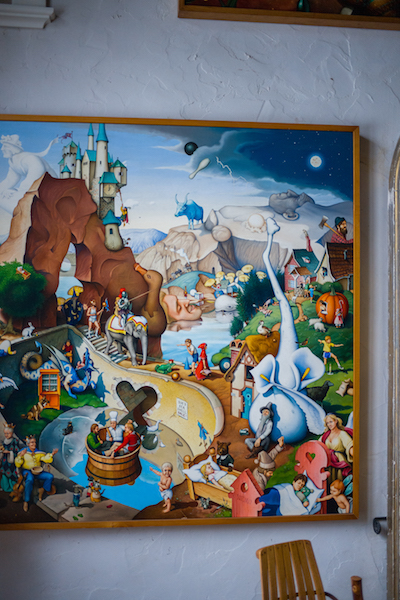

I did ask about the first part and he answered this way. All of his work, no matter the medium, should be seen as springing from the same framework of a process and approach. Identify what you would like to take on a task. Learn everything you can about how to be successful at the said task and in doing so, invent what you feel is missing. Begin working diligently. His advice is certainly worth heeding but it is hard to imagine that many people could devote themselves so fully, nor achieve the level of competency that Thom serially attains.
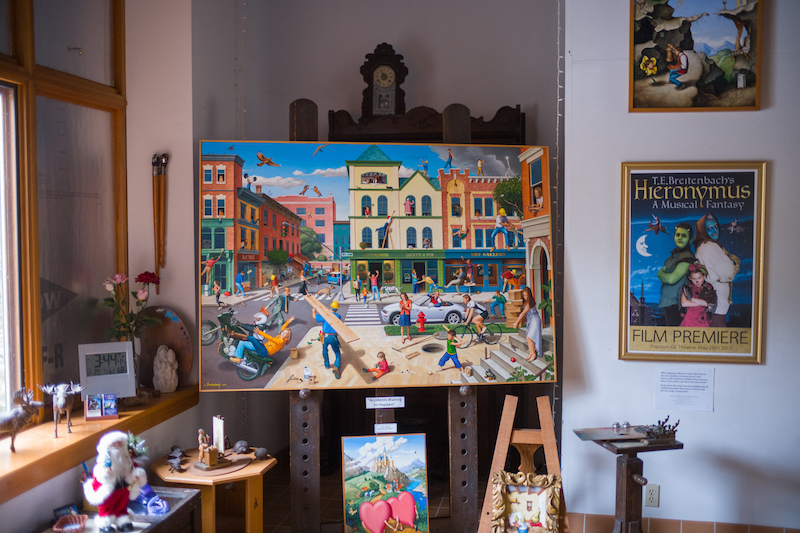
Thom’s works hang everywhere in his spacious home, in rooms, halls, and studio. He has not sold any since the 1980s, instead of marketing reproductions for all to share. No one wealthy person, he deeply feels, should be able to purchase and then lock up his work from public view.
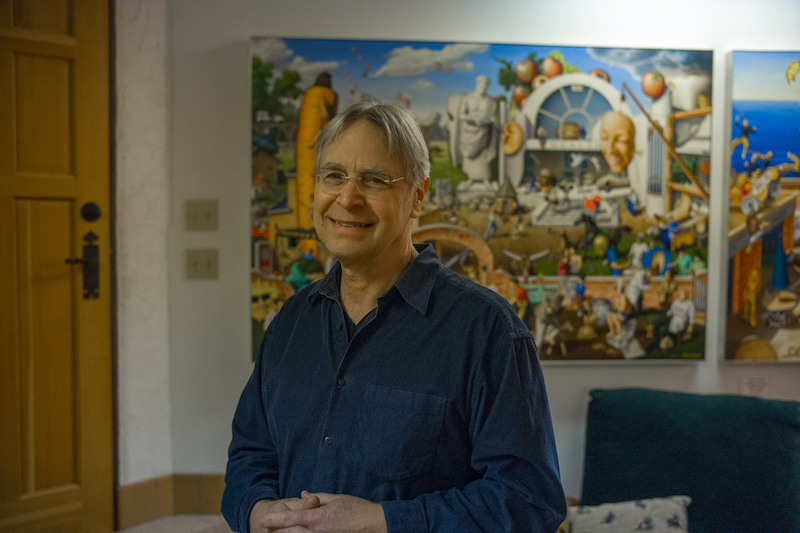
 Across a painted panel many single characters, pairings, and gatherings are engaged in themed activities. Think of a technicolor, wordless graphic novel spread flat and you have a beginning. Time is flash frozen, allowing your eye to wander through the moment, as Thom makes busybodies of all of us. We peer into windows, check out yards and scan the streets to observe his characters, oblivious and obliging of our stares. There are chuckles to be had, but not in all of the works, as in, when the grotesque nature of Bosch’s work is made much more creepy through the application of contemporary technique. In short, a distorted pod-man-thing is easier to take for granted behind yellowed, cracked paint than vividly gleaming hues. The technique for capturing this striking rendition of impossible reality is the painstakingly applied Flemish oil-glaze. All this trippiness has attracted attention, from television, (“90210”) to a commission for the late Doors frontman Jim Morrison, work that Morrison intended for his album cover of An American Prayer. Unfortunately, Prayer, pressed seven years after Morrison’s passing, did not carry the art as his wishes were not made known.
Across a painted panel many single characters, pairings, and gatherings are engaged in themed activities. Think of a technicolor, wordless graphic novel spread flat and you have a beginning. Time is flash frozen, allowing your eye to wander through the moment, as Thom makes busybodies of all of us. We peer into windows, check out yards and scan the streets to observe his characters, oblivious and obliging of our stares. There are chuckles to be had, but not in all of the works, as in, when the grotesque nature of Bosch’s work is made much more creepy through the application of contemporary technique. In short, a distorted pod-man-thing is easier to take for granted behind yellowed, cracked paint than vividly gleaming hues. The technique for capturing this striking rendition of impossible reality is the painstakingly applied Flemish oil-glaze. All this trippiness has attracted attention, from television, (“90210”) to a commission for the late Doors frontman Jim Morrison, work that Morrison intended for his album cover of An American Prayer. Unfortunately, Prayer, pressed seven years after Morrison’s passing, did not carry the art as his wishes were not made known.
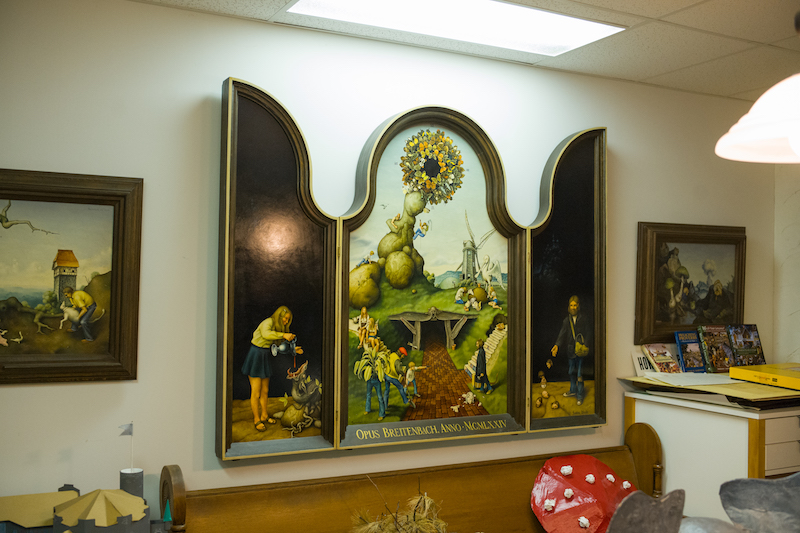
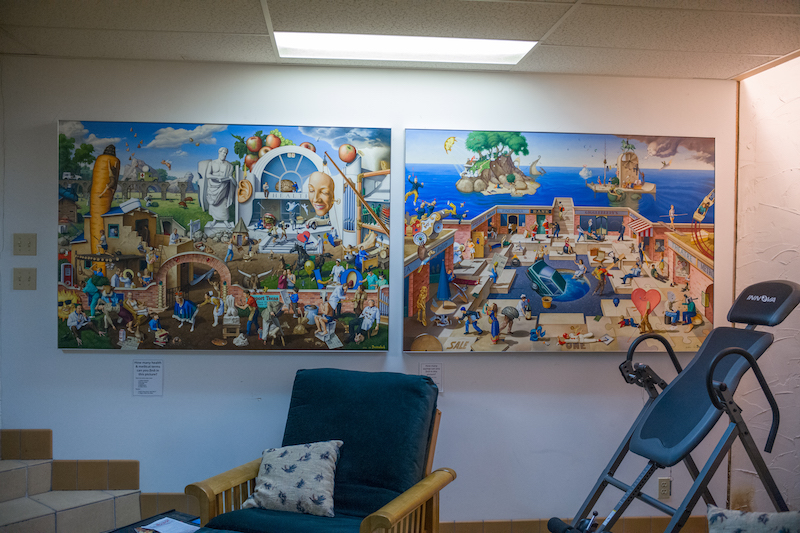
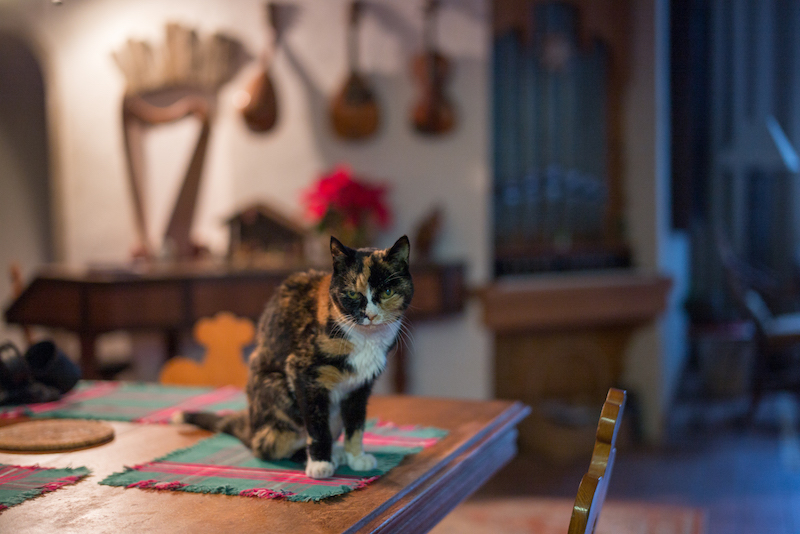 Thom is now working to turn his castle and home studio into a museum and, upon his passing, will open it up to the public so the paintings, crafts, and space itself can continue to inspire. I trust that he will again succeed and that the thousands who enter those stone gates will be as mesmerized as I was by the stellar achievements within.
Thom is now working to turn his castle and home studio into a museum and, upon his passing, will open it up to the public so the paintings, crafts, and space itself can continue to inspire. I trust that he will again succeed and that the thousands who enter those stone gates will be as mesmerized as I was by the stellar achievements within.
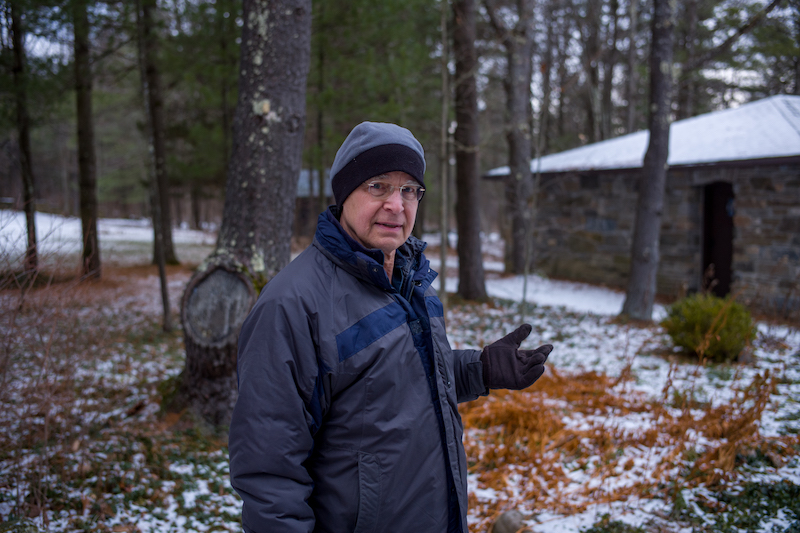
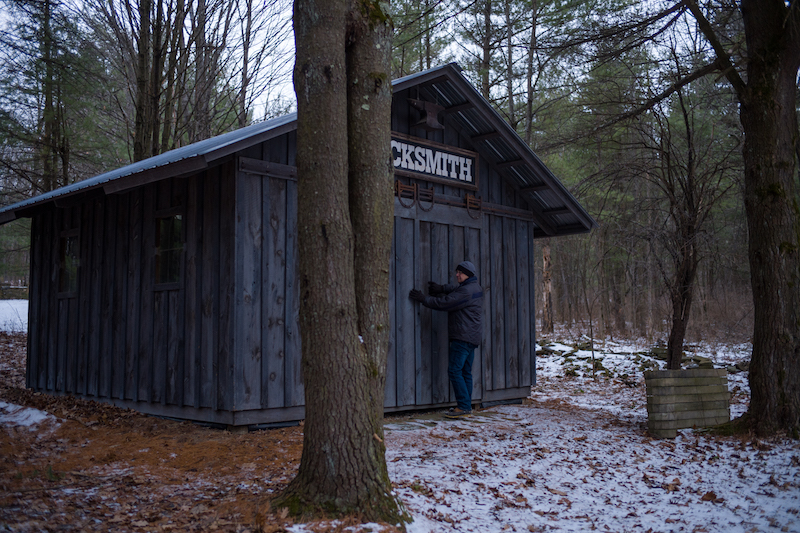
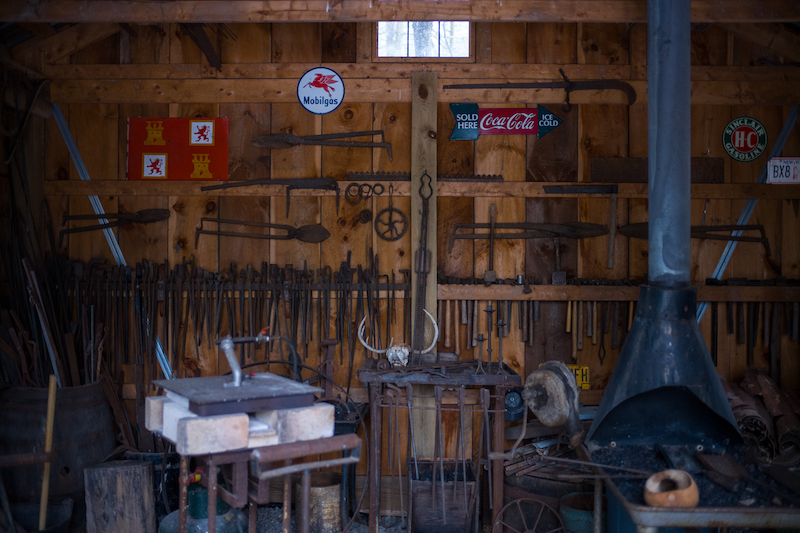


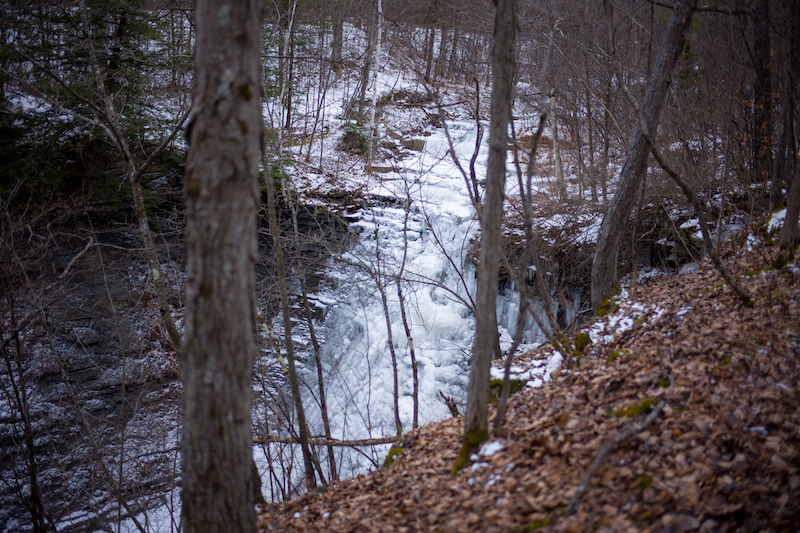
Painter, architect, playwright, composer, writer Thom lives in a castle, he built with his own hands in Altamont New York

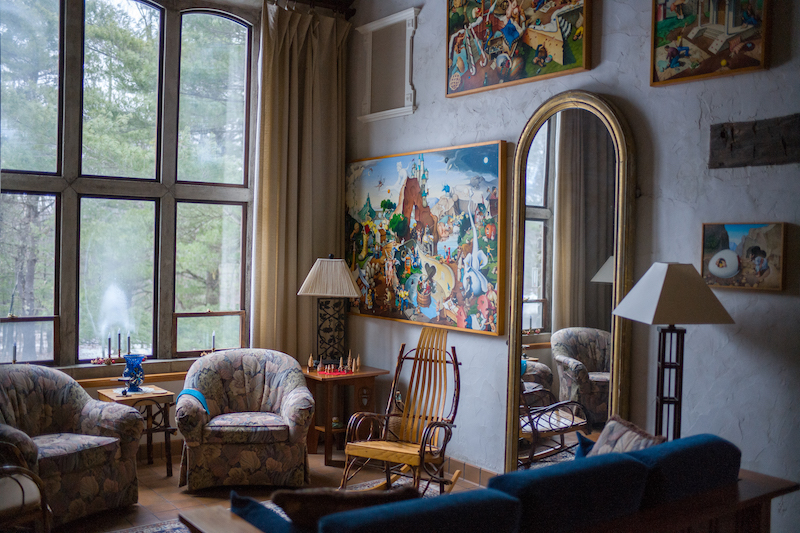
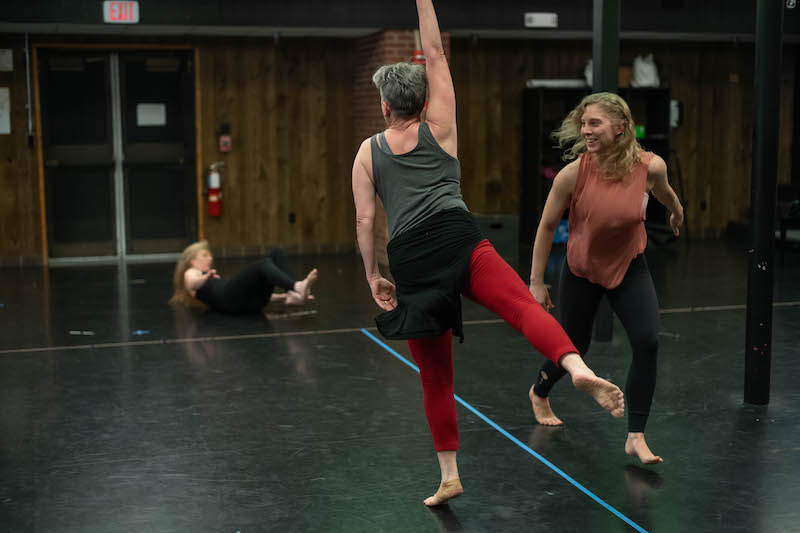

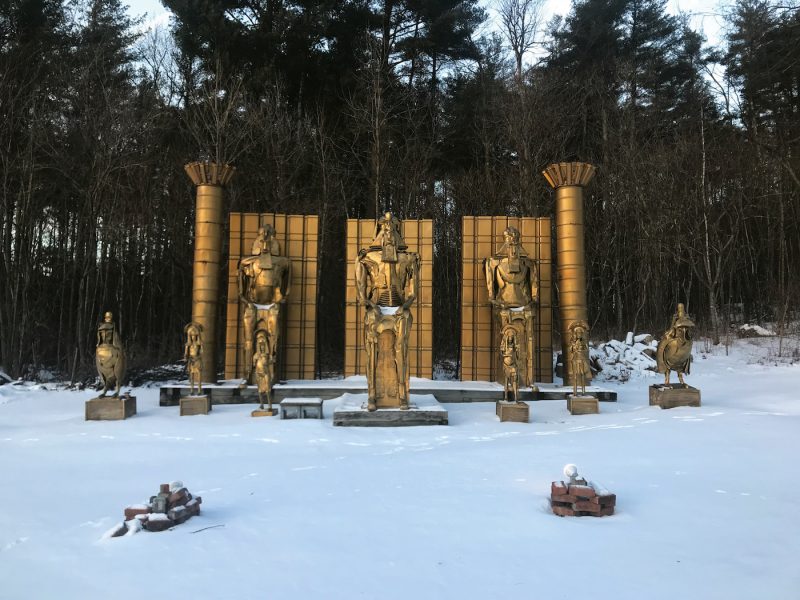

Castles are beautiful and stylish .. I would like to know how to use this decoration inside my house! congratulations on the post!